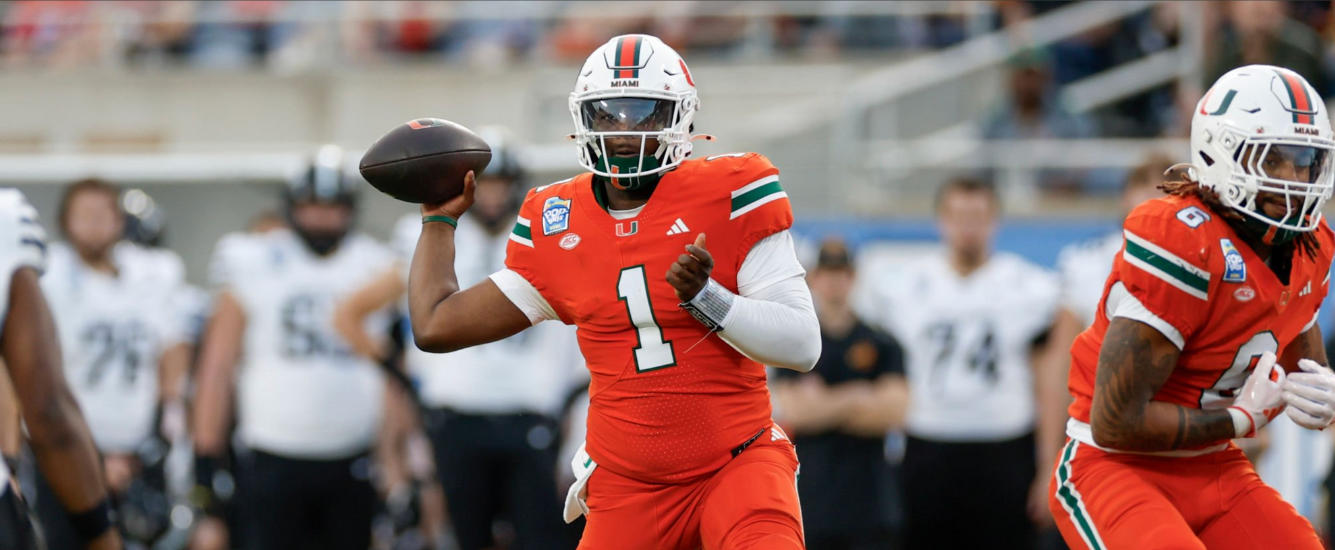As a former tight end, I’ve always had an affinity for using two elite tight ends. In Madden, I’m notorious among my friends for getting two elite ones, like George Kittle and Kyle Pitts, and using their combination of receiving and blocking ability to lock the defense into one personnel and smash them in a hurry-up offense. In short, I’m a full-on tight end nerd. So, when I first heard of the Bully Tight End tactic a few years back, I was hooked. Today, I’ll determine the viability of BTE in Underdog’s Best Ball Mania 3 Tournament using our Underdog RCE and Fanball RCE tools.
What is Bully Tight End (BTE)?
I define BTE as TE2 before round 7, as we are investing two premium picks into the tight end position.
Has BTE been viable in other formats?
Yes. As we see below, on Fanball, BTE has been a viable strategy during the 2015-2021 period, offering above average win rates, top-50% rates, and top-2% rates in two-TE builds. Three-TE builds were essentially neutral across the board.

Does the Fanball Success Translate to Underdog?
Probably. As you see below, in last year’s Best Ball Mania tournament, BTE flashed an elite ceiling, with both two-TE and three-TE builds outperforming the semi-final advance rate average. Three-TE builds also outperformed the playoff advance rate, while two-TE builds slightly underperformed.

However, the past Fanball data indicates the two-TE builds are probably more optimal. As you see below, the 2015-2021 data from Fanball indicates that two-TE BTE builds outperform the three-TE BTE builds in win rate, top-50% rate, and top-2% rate, regardless of when we select our second tight end.

This likely indicates that better advance rate performance from three-TE BTE builds in 2021 was noise, rather than a signal. Logically, we should expect two-TE BTE builds to perform better, as we are assuming both of those players succeed, and we cannot start three tight ends. Even if three-TE builds do offer a higher playoff advance rate, we are likely increasing our floor at the cost of our ceiling, which is a mistake in top-heavy tournament like BBM3.
How do we construct BTE teams?
As we see above, when selecting our second tight end in Round 6, Round 5, Round 4, or Round 3, BTE generates above average win rates, top-50% rates, and top-2% rates in BTE builds. The only two total BTE start that underperformed was a TE in both Rounds 1 and 2.
Is BTE unique?
In 2021 Best Ball Mania, only 3,539 teams out of 155,375, or 2.28%, used a BTE strategy. Only 2,484 of those teams used a two-TE BTE build, which was 1.6% of the field. While that’s a low rate, one additional RotoViz staple tactic reduces our utilization rate even further.

Stacking BTE with 2QB in the window
As you see below, when drafting only two QBs, both in the round 6-11 window, there were only 262 total teams, or 0.17% of the field, that utilized this strategy, which is even lower than the unique monster build Conor O’Driscoll recently created.

If we apply that 0.17% rate to this year’s BBM3 field of 455,00 entries, we would only expect about 775 total two-QB in the window, two-BTE builds. The BBM3 championship round has a total of 470 entries, meaning we should expect very few BTE teams in the final.
How to Play it
With proven success, a low utilization rate, and a crop of elite tight ends I’m excited to draft this year, I expect to be heavily overweight this strategy compared to the field. I’ll avoid Travis Kelce–Mark Andrews starts in Round 1 and 2, but any other combination of Kelce, Andrews, Pitts, Kittle, and Darren Waller is fully in play. I prefer BTE in balanced builds, such as Hero RB or Superhero RB, as they allow our second tight end to slide into the flex spot more easily.
As you see below, the Underdog RCE conveys the immense upside of those two strategies with a semifinal advance rate of 7.3% in Superhero RB and 6.1% in Hero RB, and a combined utilization rate of 0.07%. Combining the bully TE strategy with other proven draft tactics is a cheat code waiting to be exploited.

















